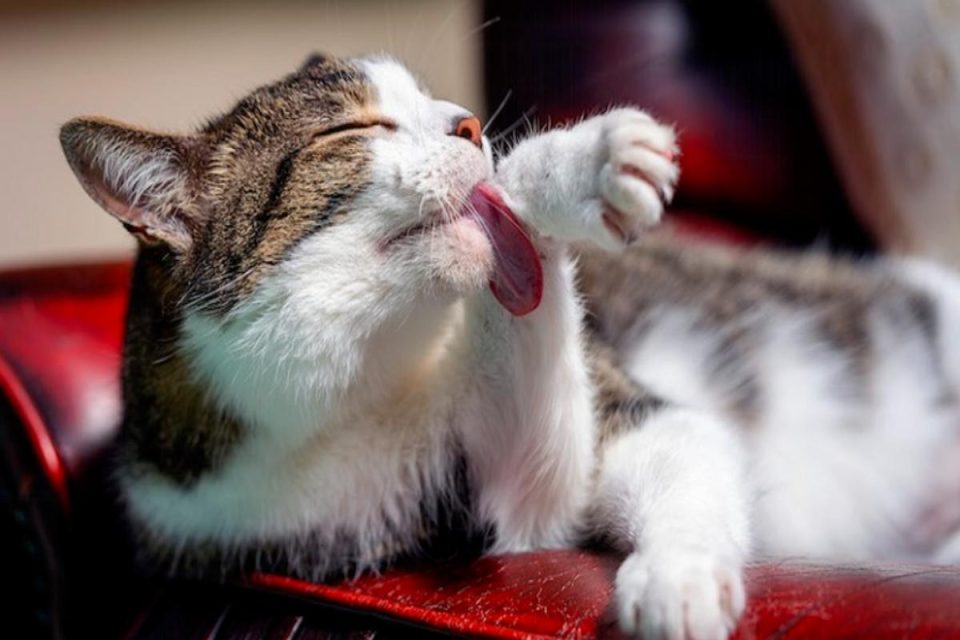Cat’s Health: As cat lovers, we all want our cats to be healthy and happy. For that to happen, you need to systematically plan the diet and feed accordingly.
However, there is a lot of uncertainty and concern about the kind of food you want to feed your cat. Nutrition is one factor that comes into the picture when we talk about their overall health and happiness.
You need to know where your cat stands in terms of its health condition and make a feeding plan.
This blog will make it easy for you to make a feeding plan! We will also explore a few aspects that determine your cat’s dietary needs.
We will create a feeding plan that promotes their overall health and wellness and will give you an idea of how many times to feed a cat.
Table of Contents
Understanding Your Cat’s Nutritional Needs
Cats, unlike any other animal on the planet, have their own set of nutritional requirements that are key to maintaining their good health.
In this section, let us look at each of these nutritional requirements and the factors that influence dietary needs.
Nutritional Requirements for Cats
Cats are natural carnivores whose primary diet consists of animal-based proteins. So, here are some of the basic nutritional requirements for cats.
1. Protein
As discussed earlier, protein is the backbone of your cat’s diet. It is extremely important for muscle development, tissue repair, and overall growth.
Cats have a high protein requirement as compared to any other animal due to their carnivorous nature.
2. Fat
Fat is a great source of energy for any living body. They are quite important for your cats to maintain healthy skin and a shiny coat.
Additionally, they play a key role in absorbing fat-soluble vitamins.
So, plan your cat’s diet in such a way that there is a decent amount of fat content to keep the cat active.
3. Essential Nutrients
Cats in general require all the essential nutrients like vitamins A, D, and E, minerals such as calcium and phosphorus, and amino acids like taurine.
These nutrients help your cat’s body function normally and ensure its health.
Factors Influencing a Cat’s Dietary Needs
All cats aren’t the same when it comes to nutrition. There are several factors that need to be taken into consideration, including what and how many times to feed a cat.
1. Age
Age is one of the big factors when we talk about a cat’s diet. Right from kittens to adult cats and aging cats, all have their own nutritional requirements.
For example, if your pet is still a small kitten and is in a growing stage, it needs more calories and protein for it to grow. Similarly, if you have an aging cat, it needs fewer calories.
2. Activity Level
Cats that are usually active burn more calories. They need a diet that gives them extra energy. Indoor cats, in general, aren’t that active as compared to outdoor cats, so their calorie intake is different.
3. Health Condition
If your cat isn’t feeling well and needs medical attention, its diet could be a specialized one. A cat’s health or disease can affect how much food and nutrients they need.
It would be better to consult a veterinarian for dietary recommendations if your cat is struggling with certain medical issues.
7 Ways To Create a Practical Feeding Schedule
1. Set Specific Meal Times
Cats thrive on routine. So, choose a specific meal time and make sure to stick to it. Consistency is key when it comes to maintaining your cat’s digestion and is really helpful if your cat is struggling with certain health conditions.
2. Food Serving Control
Make sure you are feeding your cat accurately and not overfeeding or underfeeding.
Take note of the serving size recommendations on your cat’s food package and serve according to your cat’s age, activity level, and health.
According to Patricia at Cat Food Point, too much feeding your cat could lead to obesity and diabetes.
3. Keep Your Cat Hydrated
Keep fresh water available at all times for your cat. Your cat needs to drink an optimum amount of water on a daily basis for it to be healthy.
4. Monitor Your Cat’s Weight
Check your cat’s weight regularly to make sure it is in a healthy body condition. If you notice that their weight has changed a lot, adjust their diet accordingly.
5. Consider Multiple Small Meals
Multiple small meals are always a great idea for overall meal digestion. There are some cats who like and benefit greatly from dividing their daily food intake into multiple small meals.
And the major reason behind this liking is their natural hunting behavior. This multiple small meal replicates their natural behavior.
6. Rotate Food Types
Cats need variety in their food. If you have a cat in your food, then make sure to rotate the food types.
However, make sure you are changing it gradually so that your pet does not go through any stomach upset.
Consult your vet before making any major dietary changes.
7. Consult Your Veterinarian
Your veterinarian is the ideal person to make you understand how many times to feed a cat according to your cat’s unique needs.
A vet is the right person to give you advice on servings, dietary choices, and what’s best for your cat.
Final Thoughts
Having a consistent feeding schedule is key to your cat’s health. Remember to set specific meal times, try to control food serving, and consult your veterinarian.
More than anything else, be responsible! Ultimately, you need to be the one who is responsible for your cat’s well-being.
So, what do you think of the list that we have come up with? Do you have anything else to add? Let us know in the comment section.

